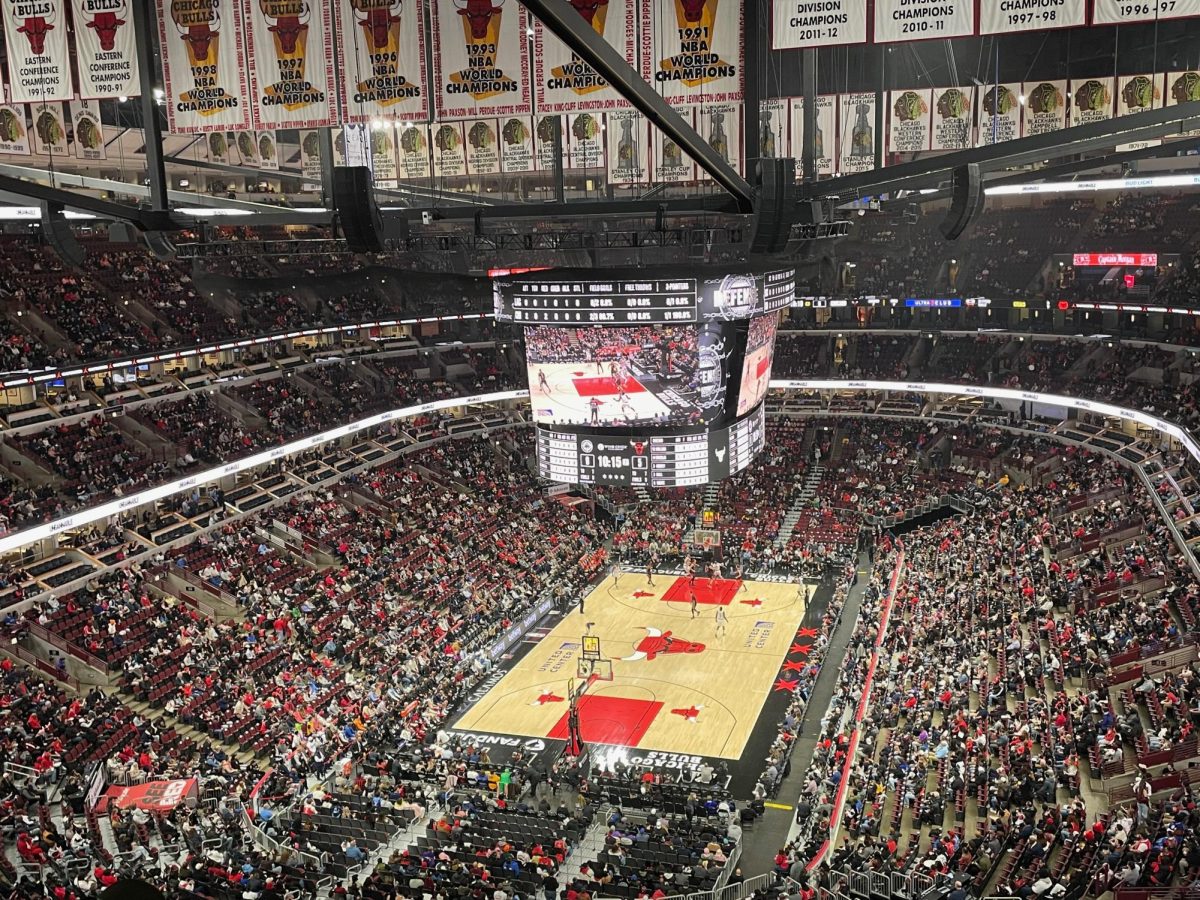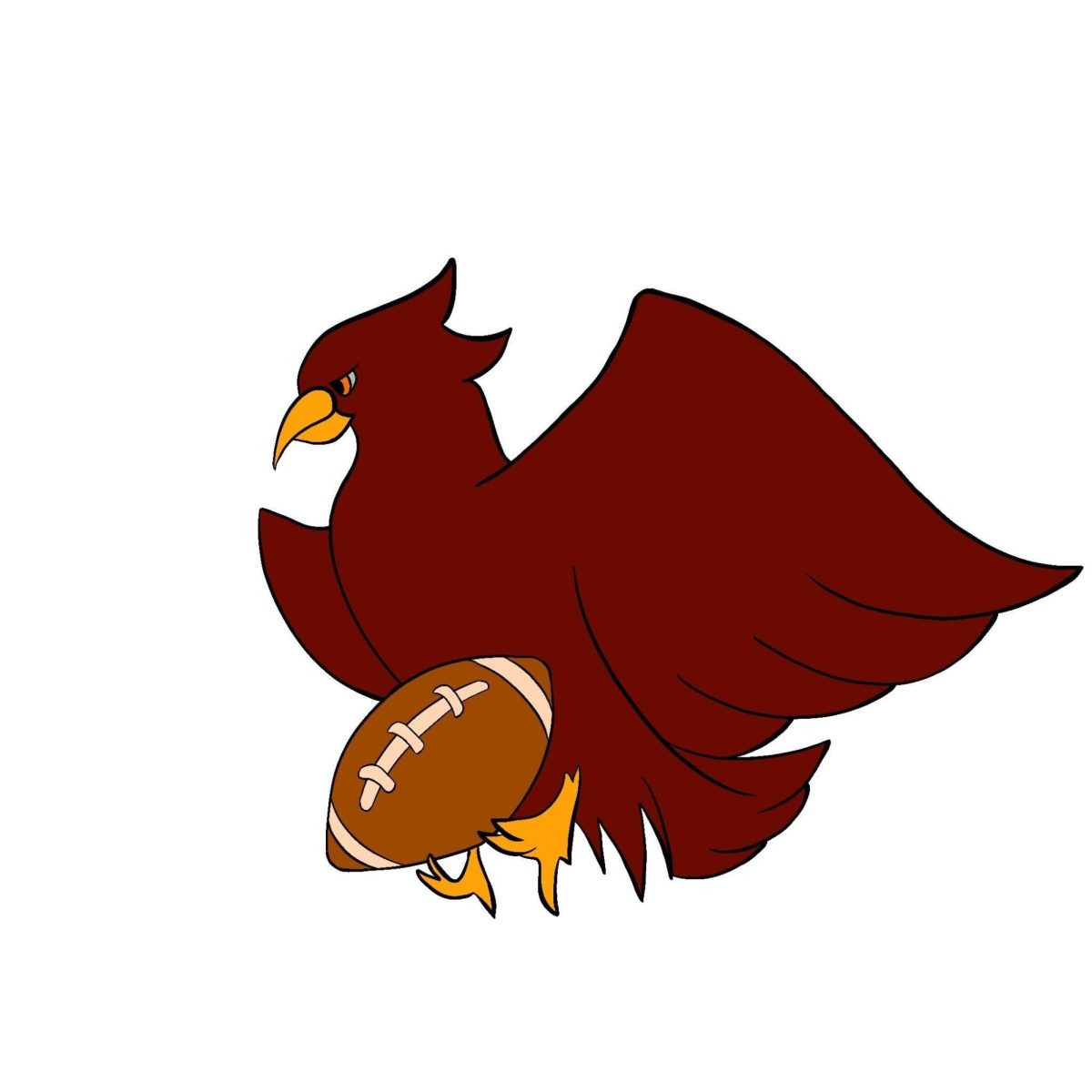Runners are truly a unique brand of athlete. They voluntarily do what coaches of other sports dish out as punishment, and most of their competition comes from an inner battle of will. Sure, they race against other people on the road, but the biggest struggle is between the urge to either cave in or to keep pounding pavement. Nowhere is this last point more obvious than in a marathon.
Like the athletes toeing the line, a marathon is a one-of-a-kind sporting event. It’s the only place where world-class athletes, amateur runners, and people just looking to test their limits all mingle on the same course with the shared goal of crossing the finish line. This year, the Chicago Marathon turned 30 years old, attracting 45,000 participants and offering the extra challenge of overcoming record-breaking heat.
“Today was insane. It was awesome,” said third-year geography and mathematics major Luke Joyner, who knew he would be back standing at East Monroe Drive and South Congress Drive, the starting line, after completing the Chicago Marathon for the first time last year.
Preparation for the 26.2-mile tour of the city for Joyner and most other runners began 16–19 weeks ago in mid-June. The regimen can sound intimidating, but the schedule alternates long runs with shorter distances, while gradually building up the mileage for each.
“The most important thing is you have one long run every week and that you really remain faithful to that,” advised Joyner, who got back into marathon shape on the streets of New York.
The seriousness and amount of training varies depending on the level of experience a runner takes into the big race. For Chicago Marathon veteran and fourth-year environmental and public policies major Andy Forquer, workouts began during eighth week last spring, though with a less strict structure than in years past. Second-year SSA graduate student and marathon first-timer Sam Fitzgerald, on the other hand, was starting from scratch and learned the danger of getting on track when she pulled a back muscle in July.
“I didn’t go about it very intelligently,” Fitzgerald said. “[The injury] was right in the heat of the battle, but fortunately it was mild enough that I knew that I had to start taking my training more seriously.”
While Forquer may have been around the block a few more times than Fitzgerald, both were motivated to grab a jersey number after seeing clips of the Marathon on TV. For Fitzgerald, it was the enthusiasm of the spectators that sold her. For Forquer, a high school cross-country runner, it was about the chance to get back into racing against a tight pack.
“I felt guilty seeing it on the news,” said Forquer. A transfer student from the University of Washington, Forquer missed out on running it his first year in Chicago because he was smoothing out his move to a new school and city.
For runners and non-runners alike, it’s easy to see the draw of Chicago’s annual marathon. Considered one of the top five marathons in the world along with those in Boston, New York, London, and Berlin, Chicago’s offers flat terrain and a course that takes people through the skyscrapers of downtown and the neighborhoods around the loop. This year, though, everyone got thrown a nasty curve with Sunday’s unseasonable, scorching heat.
With the thermometer hitting 88 degrees by 10 a.m., it was the city’s hottest October 7 and passed the previous high for the marathon, a sweltering 84 degrees registered for the 1979 race.
“I’m a southerner, so I was really excited to see the weather forecast,” Fitzgerald said. “But it was hot.”
With the sun beating down on them, goals for the day naturally changed for all runners. Both Joyner and Forquer had trained looking to improve on last year’s times when Joyner posted a 3:19.57 and Forquer clocked in at 2:57, clearing the Boston Marathon’s 3:10 qualifier for men age 20–35. In their second runs, Joyner hoped to crack the Boston cutoff, and Forquer wanted to sneak in under the last year’s mark.
High heat, though, changed the day to being all about finishing the full 26 miles, especially during the final half of the race where stretches down the wide boulevards of the South Side didn’t provide any shade for relief. Those miles are already tough because they lack scenic diversions or the support of neighborhood crowds, and runners are at a point where they are dealing with the mental strain of having come so far but still having so far to go.
“As it was getting hotter and hotter, I didn’t know what to do,” Joyner said. “The second half of the race was constant agony.”
“I started to fall apart a bit. It’d become such a struggle,” Forquer said. “You can’t control the weather, you can’t blame yourself for that, but you can control your pace.”
While Forquer and Joyner couldn’t best last year’s outing, the two managed to pull in at about the same time, a heavy achievement given that many of the race’s professionals were a few minutes off their expected marks. Joyner finished at 3:19.57, and Forquer crossed the line at 3:02.
“If the guys out front were four or five minutes behind their pace, then I don’t feel too bad about it,” Forquer said.
Despite the brutal weather, nothing could deter Fitzgerald, who was determined to finish even as marathon officials started announcing the end of the race at mile 20 and 23. The call was really for runners on pace to spend six or seven hours in the sun with low or empty water stations ahead.
“I loved every minute of it. I had a smile on my face the whole time,” Fitzgerald said. “I had two miles left, and I thought, ‘Oh no! I only have two miles left!’”
For Fitzgerald, the endorphin high of nearing and crossing the finish line, of running as one of 45,000, is something she’ll hold on to for a long time. Unlike Forquer and Joyner, who plan to continue their marathons, Fitzgerald doesn’t see another one in her future.
“That’s not to say that I didn’t have a ball,” Fitzgerald said. “It becomes more of a chore than a joy when you’re trying to squeeze in 20-mile runs. I’m just going to go back to running for fun.”
The Chicago Marathon is at a time of year that is great for U of C students, both for more serious runners, like Foquer and Joyner, or people just interested in the experience, like Fitzgerald. There are the summer months to work out without the University’s academic pressures, and it comes before the discouraging cold of winter.
“Anyone who’s on the fence about a marathon should trust themselves that they can do it,” Foquer encourages. “It’s really not as intimidating as it may seem. I think a lot of people may be capable of it.”








